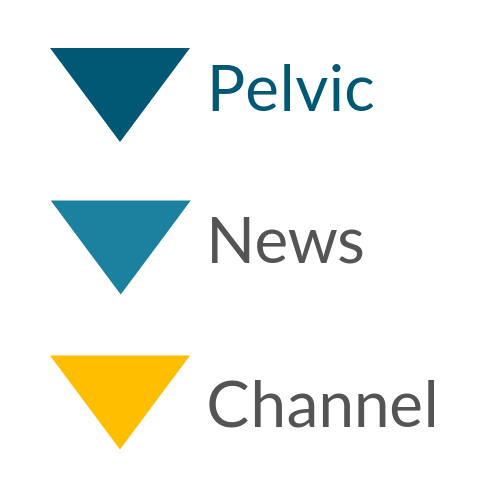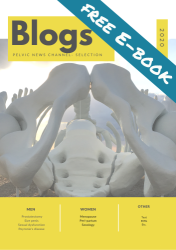An enterocele (small bowel prolapse) occurs when the small intestine descends into the lower pelvic cavity. It is diagnosed with defecography or dynamic magnetic resonance defecography. We pelvic physiotherapists cannot treat an enterocele.
However, some of our patients with an anorectal complaint might have an enterocele we are not aware of. This could result in an unsatisfactory treatment outcome. So it is good to know when to keep an enterocele in mind. Therefor I think the study I will discuss today is very relevant for us.
The aim of the study is to:
- determine the clinical phenotype of patients with an enterocele
- show functional and/or anatomical associations
- improve (preoperative) assessment of pelvic floor disorders
Inclusion criteria:
- anorectal complaint *
- at least 6 months
*Anorectal complaints could be: pelvic pain, bearing down, anal procidentia (rectal prolapse), dyschezia (sensation of blockage at defecation, sensation of incomplete evacuation, straining during defaecation), mucus discharge, anal bleeding, and faecal incontinence.
Exclusion criteria:
- pregnancy
- history of pelvic radiation
- inflammatory bowel disease
- anal/rectal cancer
- anal/rectal stricture
Assessment and tests:
- self-administered questionnaires (for instance: Cleveland Clinic Incontinence Score(CCIS), Knowles-Eccersley-Scott Symptom Constipation Score(KESS), Gastrointestinal Quality of Life Index(GIQLI))
- physical examination
- anorectal manometry
- rectal distension
- defecography
Patients with an enterocele diagnosed by defecography were compared with patients without an enterocele. The patients were matched by sex and age. One patient with an enterocele was matched with two patients without.
In total 135 patients with an enterocele were eligible to participate. They were case-matched with 270 patients. So in total 405 patients were included in the study.
Of the patients with an enterocele the mean age was 57.6 and 92.6% were women. Patients with an enterocele had had significantly more pelvic surgery P: 0.04 and hysterectomy P: 0.002.
Patients with an enterocele had significantly more pelvic pain P: 0.03, rectal prolapse P: 0.01, and irritable bowel syndrome P: 0.01 (more constipation type).
There was no difference in anorectal manometry between the groups.
Defecography showed that patients with an enterocele had significantly more: overt rectal prolapse (P: 0001), resting perineal descent (P: 0.005), perineal descent during defecation effort (P: 0.0001) and rectal emptying ≥80% was in 46% of the patients with an enterocele compared with 63% of patients without (P: 0.001).
Ofcourse we should keep in mind that this research is about trying to capture phenotypes and symptoms of patients with an enterocele not to find causal relations. This research shows that patients with anorectal complaints and an enterocele are mostly female who have had pelvic surgery, often a hysterectomy in the past, have a rectal prolapse or have IBS with constipation.
Reference:
Chronic pelvic pain and rectal prolapse invite consideration of enterocele. Brochard C, Ropert A, Chambaz M, Gouriou C, Cardaillac C, Grainville T, Bouguen G, Siproudhis L. Colorectal Dis. 2019 Oct 17. doi: 10.1111/codi.14877. [Epub ahead of print]









Again a very interesting article. Thank you for reading it and explain it to / give an abstract for other people (like me).
Thank you!
Muchas gracias. ?Como puedo iniciar sesion?